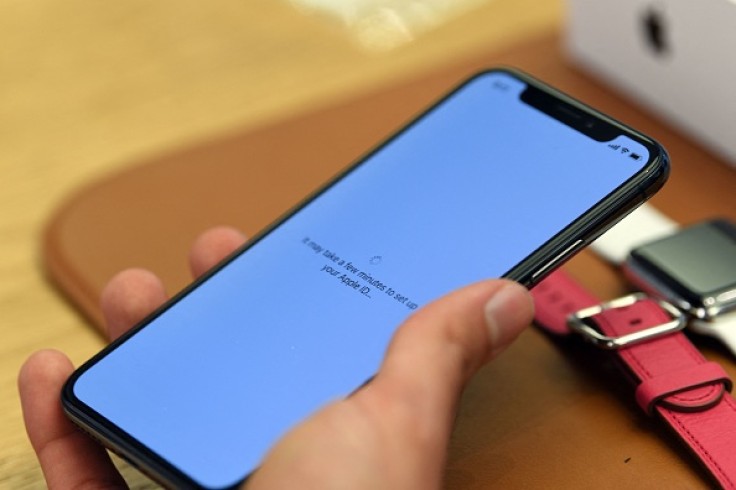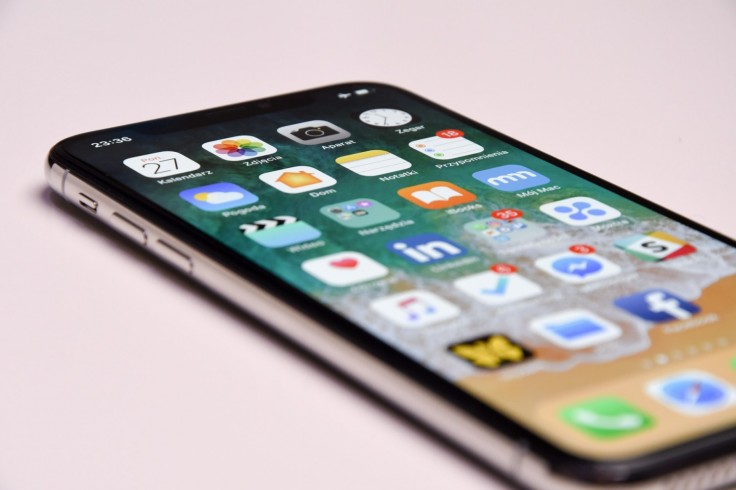A serious problem has been circulating among iPhone users, causing the iMessage and FaceTime apps to randomly deactivate with no way to reactivate them.

T-Mobile and Verizon Users Are Affected
The news comes from a number of Twitter users who described their experiences with the issue, which apparently only affected T-Mobile and Verizon users thus far.
There is a very nasty iPhone and @TMobile bug where iMessage and FaceTime for a device’s phone number will randomly deactivate and there is no way to reactivate it. The only solution that worked for me is getting a new physical SIM card. An extremely disappointing issue.
— Mark Gurman (@markgurman) May 19, 2022
had the exact same issue, but with @Verizon . I was using eSIM, and iOS 15.4 legit broke iMessage and FaceTime. I had to delete the eSIM and call Verizon to get a new one to fix the iMessage issue. Not a T-Mobile problem, but an iOS 15.4 bug.
— Elijah Daniel (@lol_elijah) May 20, 2022
It is interesting that you bring this story up. Last week my esim for T-Mobile on my 13 pro max in the middle of the day deactivated itself and in settings kept trying to reactivate but said no service and esim said phone not allowed. Had to get T-Mobile to…
— Christopher Munz (@chrismunz) May 20, 2022
It should be noted that it might be a huge issue if Verizon and T-Mobile, which have the largest service networks in the U.S. with over 113 million iPhone users, are affected by this bug.
What Causes This Problem?
9To5Mac reported that the eSIM chip is specifically affected by the issue. The eSIM chip enables customers to set up and activate their phones on a network via software rather than visiting a carrier store or using a physical SIM card.
In 2018, Apple introduced eSIMs to the iPhone with the iPhone XR and XS release.
As per 9To5Mac, the eSIM chip's function is to make setting up the iPhone easier. eSIMs have two main advantages: they are easier to set up and allow you to utilize two phone numbers on one phone by using both a physical and an eSIM.
Unfortunately, no one knows what is wrong with the eSIM chip causing the problem. This problem, according to the Tweets of Mark Gurman, has been around for a time. It affects devices with iOS 15.4, 15.5, and 15.6 beta 1.
How To Solve This Issue?
There are only two solutions to fix this bug for now.
To get around the problem, Gurman claims that the sole solution is to place a brand physical SIM card into an iPhone.
You can also deactivate your eSIM account and get a new one reissued to your iPhone. However, this method could be a little complicated.
One person shared his experience with T-Mobile reissuing an eSIM. According to the user, T-Mobile had to renew the eSIM three times, with the most recent one taking 30 minutes to activate. However, this produced additional line issues, necessitating another call to the carrier.
How Do the Carriers and Apple Intend To Address This Issue?

Several Twitter users have already contacted their carriers for assistance regarding this eSim bug. Meanwhile, Apple has yet to acknowledge the problem, let alone issue a patch.
There Is Another iPhone Bug This Month
Tech Crunch mentioned that when the Apple Music iOS application is downloaded, it installs itself on the iPhone's dock rather than the home screen. It's also booting away other apps that users had installed in their dock and taking their place, which is unusual for apps.
Some iPhone users discovered that the problem caused Apple Music to become the default music service for Siri requests, even if another service, such as Spotify, had previously been enabled.









